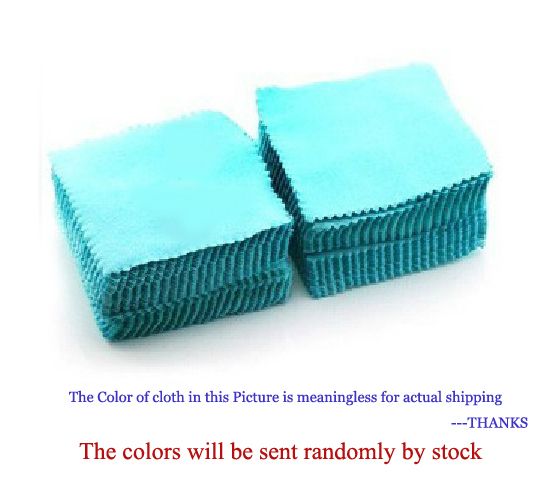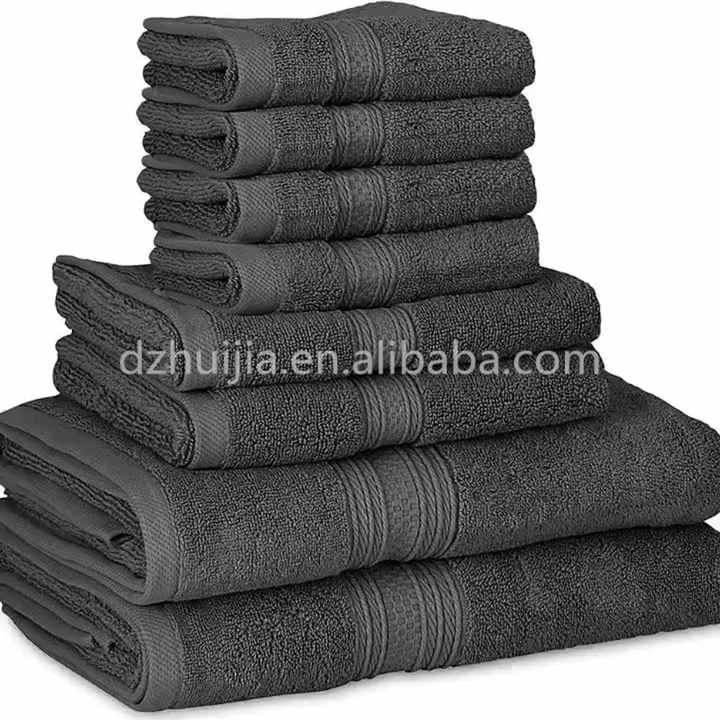Title: The Evolution of Bath Towels and Handkerchiefs: From Simplicity to Sophistication
In its simplest form, a bath towel or handkerchief is a piece of cloth used to dry the body after bathing or washing one's hands. However, over the centuries, these essential items have undergone significant evolution in terms of material, size, shape, color, and pattern, reflecting the changing lifestyles and cultural preferences of people around the world.
In the early days, bath towels and handkerchiefs were primarily made from natural fibers such as cotton or linen. These materials were chosen for their durability, absorbency, and affordability. However, as synthetic materials became more widely available, they began to gain popularity for their added softness and quicker drying capabilities. Today, we see a range of materials used, including bamboo, microfiber, and even eco-friendly options like organic cotton.
The size and shape of towels and handkerchiefs have also changed significantly over time. While the traditional square or rectangular shape is still common, there is now a greater variety in size and shape, including oversized towels for luxurious baths, travel-sized towels for convenience, and even shaped handkerchiefs for a unique fashion statement.
Colors and patterns have also followed a path of evolution. While white and plain-colored towels were once the norm, we now see a range of bold colors and patterns available, reflecting the broader trend towards personalized products. This trend is not limited to the visible characteristics of the towels; changes in texture and material have also been significant. For instance, many modern towels now feature a more luxurious feel, often achieved through the use of higher-end materials or unique weaving techniques.

The evolution of bath towels and handkerchiefs is not just about changes in material, size, shape, color, or pattern; it is also about the cultural and social changes that have occurred over time. For example, the use of handkerchiefs has often been associated with gender roles and social status. In some cultures, handkerchiefs were once considered to be exclusively for men, while in others, they were seen as a symbol of wealth and status. Today, these assumptions are increasingly being challenged as people embrace a more gender-neutral approach to personal grooming.
Another interesting trend is the rise of "浴室毛巾" in many cultures. These are often larger than traditional handkerchiefs, making them more suitable for bathing purposes. While they share some characteristics with traditional bath towels, they often have unique features that set them apart, such as quicker drying capabilities or a more luxurious feel. This trend towards larger, more functional handkerchiefs suggests that people are increasingly prioritizing practicality over traditional form factors.

In conclusion, the evolution of bath towels and handkerchiefs is a fascinating study in cultural, social, and technological change. From their earliest, simple beginnings to the highly specialized, multi-functional products we see today, these items have transformed in ways that reflect our changing lifestyles and cultural preferences. As we look towards the future, it will be interesting to see how these items continue to evolve in response to changing consumer needs and trends.
Articles related to the knowledge points of this article:
Title: The Symbolic Significance of Sending a Tie as a Gift
The Art of Pairing Blue Suits: A Guide to Perfect Tie Accessory Selections



